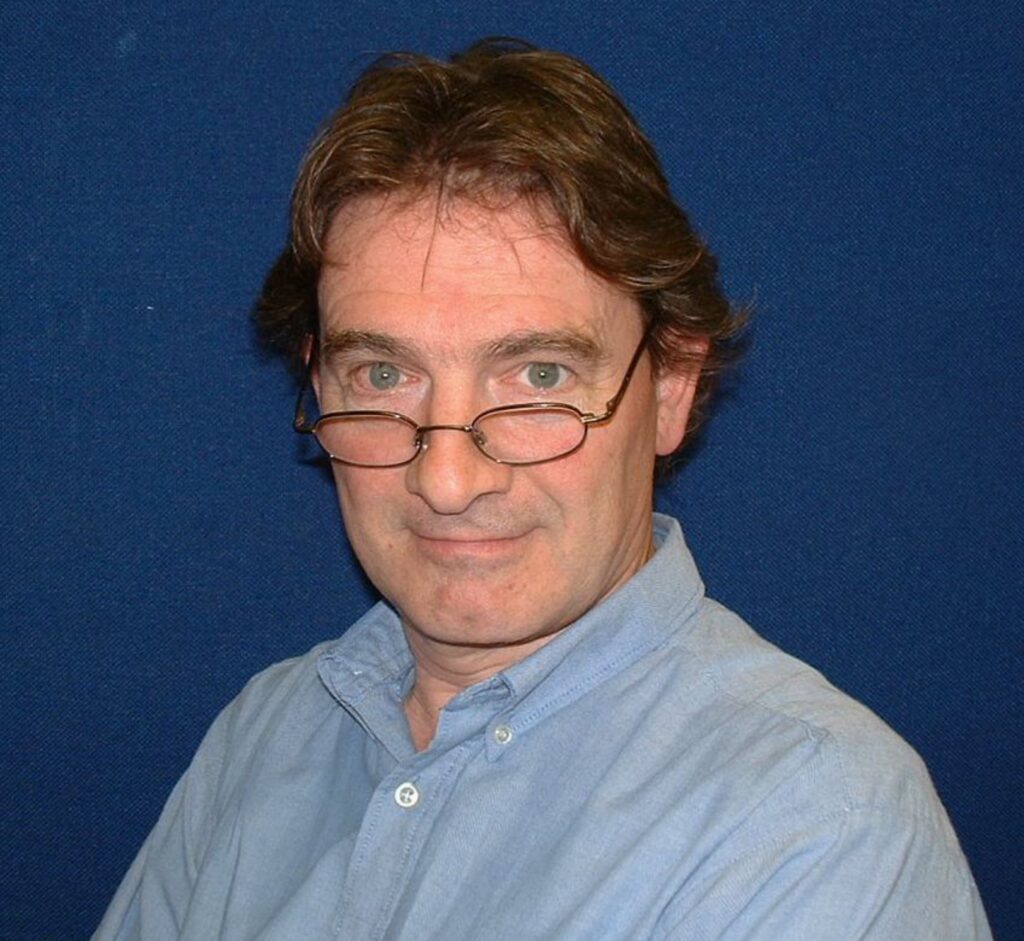Why am I interested, and how am I qualified, to write about this stuff?

Richard Clark
BSc, MBBS, LicAc, DipMedAc, DipHumPsy, FHEA
I became interested in pain while studying neurophysiology at RVC1 in 1971, the same year that James Reston launched acupuncture into the Western consciousness with his article in the New York Times. I studied traditional acupuncture (at the College of Acupuncture) and orthodox medicine (at UCHMS2) concurrently and graduated in both in 1976. Later I trained in humanistic therapy at the IDHP3. During the following four decades I studied, practised, researched and taught acupuncture in the context of holistic medicine.
I drew on the teachings of traditionalists (Royston Low, Ted Kaptchuk, Giovanni Maciocia) and modernists (Patrick Wall, Felix Mann, Peter Baldry). I was also influenced by naturopathic osteopaths (Joe Goodman, Roger Newman-Turner, William Wright); by holists (Anne Wooley-Hart, Laurence LeShan, Patrick Pietroni); by humanistic therapists (John Heron, David Boadella, Eva Coombe-Chapman); by spiritual teachers (Maxwell Cade, Rene Perham, Charles Berner) and by others too numerous to mention.
Thus I feel that labels such as Medical Acupuncture or Traditional Acupuncture are not appropriate; if you need to pigeon-hole my approach, I suggest the label: Holistic Contemporary Acupuncture.
My approach was pragmatic and integrative, incorporating (as appropriate):
● acupuncture
● lifestyle management
● counselling and psychotherapy
● relaxation and stress management
● visualisation
● tuition in creating-skills
● coaching in personal effectiveness
● medical diagnostics
I worked with people of all kinds – some with medical problems, some with no problems but wanting to get more out of life. With my background in both orthodox and alternative medicines I was ideally placed to help those who had drawn a blank with conventional medicine and who were searching for new possibilities.
I offered help to anyone seeking a holistic approach to health and personal effectiveness. I took a creative, individualised, positive approach in consultation with individual clients, couples, groups and companies.
I also offered ‘gateway’ guidance to people considering alternative or complementary medicine for the first time and not knowing which way to turn. Similarly, I offered liaison for GPs and other practitioners wanting to refer such patients.
As a member of both British Acupuncture Council and British Medical Acupuncture Society, I worked to foster interprofessional collaboration.
I was involved in research from the beginning, participating in a study of acupuncture for shoulder pain4 at Kings College Hospital, which taught me a lot about the shortcomings of our ‘evidence base’. I also helped Patte Cole with her DPhil study of acupuncture pulse diagnosis5 at Sussex University.
In 1999 I was commissioned by the NHS to develop and provide courses in acupuncture for podiatrists, validated by the Society of Chiropodists and Podiatrists. This led to a review of the available evidence and the publication of two comprehensive reviews of the use of acupuncture for heel pain(a Systematic Review and a Critical Interpretive Synthesis), followed by a book drawing it all together.
I have also been a firsthand witness as a patient of various acupuncturists, other complementary therapists and doctors, so you will find a personal perspective here too.
Footnotes:
- RVC = Royal Veterinary College
- UCHMS = University College Hospital Medical School
- IDHP = Institute for the Development of Human Potential
- Fernandes, L., N. Berry, et al. (1980). “Clinical study comparing acupuncture, physiotherapy, injection, and oral anti-inflammatory therapy in shoulder-cuff lesions [letter].” Lancet 1: 208-209.
- Cole P. Pulse diagnosis and the practice of acupuncture in Britain. DPhil Thesis. University of Sussex; 1977.